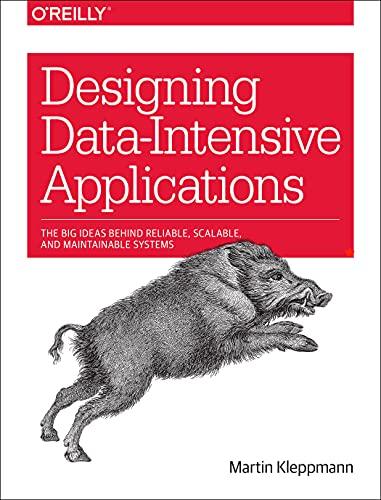Question
Python recursive Define a recursive function named unnested; it is passed a nested list of values: a list that can contain a list that can
Python recursive
Define a recursive function named unnested; it is passed a nested list of values: a list that can contain a list that can contain a list, etc. The unnested function returns a list with no nesting, containing all the values in the nested list, appearing in the order they appear in the nested list. For example unnested([1,2,3,4,5,6,7,8,9,10] ) returns [1,2,3,4,5,6,7,8,9,10] unnested( [[1,[2,3],4,5],[[6,7,8],9,10]] )also returns [1,2,3,4,5,6,7,8,9,10] Hints: Use the 3 proof rules to guide your code: think carefully before even testing your code. Use the standard base case for an empty list. Any non-empty list will have a first value that is either an a list or something not a list; this first value will be followed by other values in the list. You can call unnested with any list as an argument, and it returns an unnested version of that list. You must write this function completely recursively, without for loops (even though looping would simplify your code).
def unnested(l : 'a nested list') -> [object]: pass
Step by Step Solution
There are 3 Steps involved in it
Step: 1

Get Instant Access to Expert-Tailored Solutions
See step-by-step solutions with expert insights and AI powered tools for academic success
Step: 2

Step: 3

Ace Your Homework with AI
Get the answers you need in no time with our AI-driven, step-by-step assistance
Get Started


